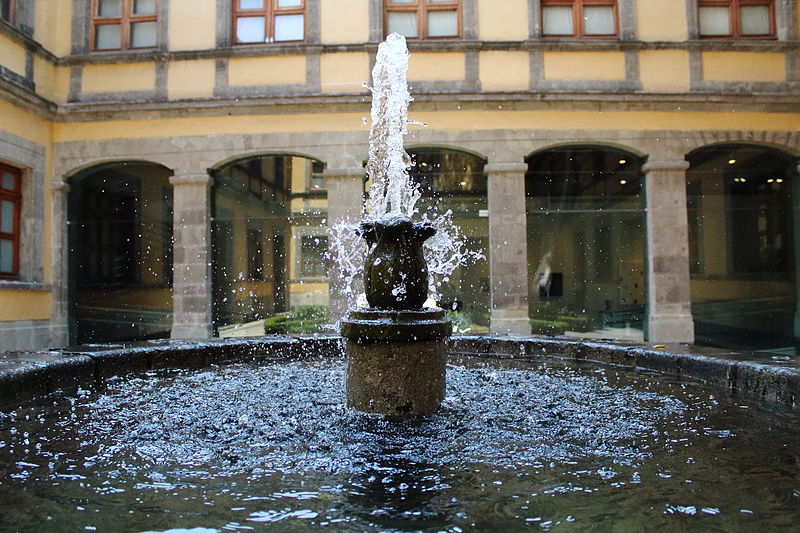
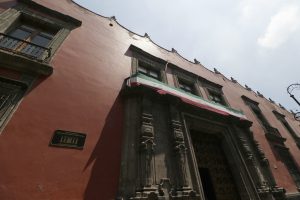
The SHCP Museum of Art is in the old headquarters of the Bishop of Mexico City. The museum holds the permanent display of artworks collected through a “payment in kind” program offered to all artists in Mexico. Many of the country’s biggest, most important artists have made tax payments “in kind.” The result is a stunning collection of furniture, ornamental objects, and applied arts, plus paintings, sculptures, prints, and museum quality metalwork and coins.
The permanent collection includes works by Juan Correa, Diego García, Rufino Tamayo, Federico Cantú, Antonio Ruiz, Adolfo Best Maugard and Raúl Anguiano. That’s to name just a few. The program had a big advocate in the artist, David Alfaro Siqueiros. His work can be seen here and in numerous other locations around the city.
Like a lot of Mexico City museums in Mexico City, the building is as fascinating as the collection.
The first Archbishop of New Spain was Fray Juan de Zumarraga. He’s most famous for having published the first book printed in the Western Hemisphere, his own, in 1539. Titled, Breve y más compendiosa doctrina Christiana en lengua Mexicana y Castellana, it was printed in both Náhuatl and Spanish.
Zumarraga directed that his palace be built on the spot of a temple dedicated to Tezcatlipoca, a protector of warriors. He died, though, before ever moving in. The resulting building, nevertheless, became the seat of the Archbishopric.
This was firmly established already by 1530, although the building was completely rebuilt in the mid-18th century. By 1730, one Juan Antonio Vizarrón y Eguiarreta became the first, Archbishop of Mexico, and then Viceroy of all New Spain in 1734. He held both titles until he died in 1747. But during that short tenure he had the palace entirely rebuilt. An architect named José Miguel de Rivera Sarabia added the monumental facade and directed the project. In 1771, the Bishop Alonso Nuñez de Haro took over an adjoining house and expanded the entire structure to the significant building we see today.
The palace was, all told, home to some 33 bishops. The building was nationalized in 1859 and in 1861, it was sold. During the Second Mexican Empire under Maximiliano, a bishop did briefly live here. But it was abandoned again in 1867. The Federal offices of accounting, the treasury, pension and payroll moved in along with their printing presses. They’ve been here ever since, albeit, in more pleasant incarnations.
Today, it’s not just a magnificent museum to visit, but a stunning example of 18th century palace architecture.
 +525536881100
+525536881100
 https://www.gob.mx/hacienda
https://www.gob.mx/hacienda
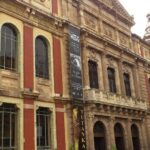
0.05 kms.
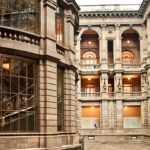
The National Art Museum in Mexico City's Centro Histórico is always going to be a holiday highlight.
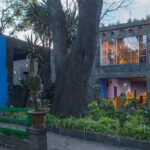
Always one of the most popular museum's in the City, the Casa Azul just keeps getting better.

One of the City's most celebrated museums, it's a Coyoacán treasure.

Bellas Artes has long been an iconic symbol of Mexico City's culture, artistry, and the performance arts.

One of Mexico City's favorite Modern Art Museums, MAM is your best bet for the Modern and the Fun!